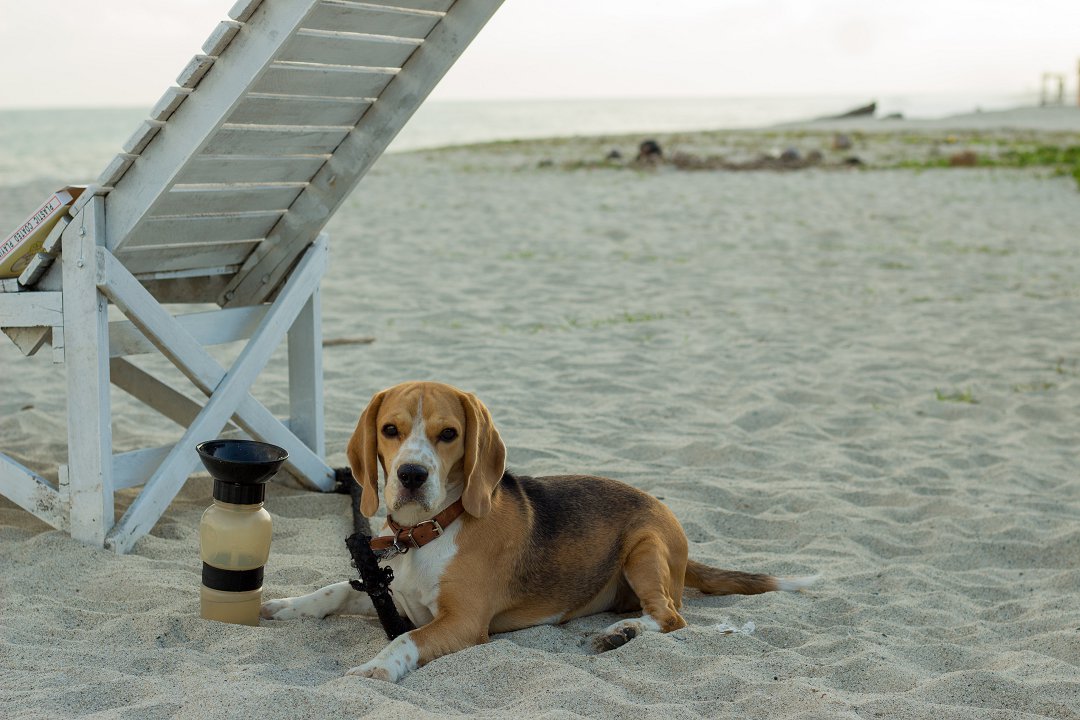Table of Contents
Introduction: Unraveling the Origins of Beagles: A Fascinating Journey Through History
If you’ve ever wondered where Beagles come from, you’re about to embark on a captivating journey through time. So, where is the Beagle from? The Beagle breed originated in England, dating back centuries. But let’s delve deeper into their fascinating history.
Beagles have a rich heritage as ancient hunting companions, tracing their roots back to the 5th century. Originally bred as scent hounds, these remarkable dogs were prized for their exceptional tracking abilities. Their pack mentality and intelligence made them excellent hunting dogs. Over time, Beagles evolved from working dogs to beloved family pets, admired for their friendly and affectionate nature.
In the following sections, we will explore the evolution of Beagles, uncovering their ancestry, characteristics, and temperament. Join us as we discover the remarkable journey that has shaped these lovable and loyal companions.
From Ancient Hunting Companions to Beloved Family Pets: The Evolution of Beagles
Beagles have a rich history that dates back centuries. Originally bred as hunting companions, these small scent hounds have come a long way to become beloved family pets. Let’s delve into the fascinating journey of the Beagle breed and explore how they have evolved over time.
Ancient Origins and Hunting Heritage
- Beagles originated in England, where they were developed as hunting dogs.
- Their ancestors can be traced back to ancient Greece, where similar scent hounds were used for hunting purposes.
- The Romans also played a significant role in shaping the breed, as they introduced their own scent hounds to the British Isles.
The Development of the Beagle Breed
- In the 16th century, Beagles were primarily used for hunting small game, such as rabbits and hares.
- They were highly valued for their exceptional sense of smell, which allowed them to track scents over long distances.
- Beagles were bred to be pack animals, working together in groups to corner and capture their prey.
- Over time, breeders focused on refining the Beagle’s size, weight, and temperament to create the ideal hunting dog.
Transition to Beloved Family Pets
- As hunting practices changed and became less popular, Beagles found their way into the hearts of families.
- Their friendly and sociable nature, combined with their intelligence and adaptability, made them excellent companions.
- Beagles’ small to medium size, typically weighing between 20-30 pounds, made them suitable for both apartments and larger homes.
- Their short, dense coat comes in a variety of colors, including tricolor (black, white, and tan), lemon, and red and white.
- Beagles have a lifespan of around 12-15 years, providing many years of joy and companionship to their families.
As the Beagle breed evolved from its origins as a hunting dog to become beloved family pets, their characteristics and temperament have remained true to their roots. They still possess a strong sense of smell and a natural inclination for tracking scents, making them excellent at scent work and search and rescue activities. In the next section, we will delve deeper into the ancestral roots of Beagles and explore their intriguing heritage.
Discovering the Roots of Beagles: Tracing Their Ancestry and Heritage
When it comes to the question of “where is the Beagle from?” the answer takes us on a fascinating journey through history. Tracing the ancestry and heritage of these beloved dogs reveals a rich tapestry of origins and influences.
Origins and Breed Development
- Ancient Beginnings: The Beagle’s origin can be traced back to ancient times, with the breed believed to have descended from small scent hounds used for hunting in ancient Greece.
- Development in England: The Beagle as we know it today was developed in England during the 18th century. Breeders carefully selected and crossed various scent hounds to create a dog with exceptional tracking abilities and a friendly temperament.
Country of Origin
The Beagle’s country of origin is England, where the breed was refined and standardized. However, it’s important to note that the Beagle’s ancestors can be traced back to ancient Greece, making it a truly international breed with a rich heritage.
History and Characteristics
- Hunting Dog: Throughout history, Beagles have been primarily used as hunting dogs, prized for their exceptional scenting abilities and tenacious tracking skills. They were often employed in packs to pursue small game, such as rabbits and hares.
- Pack Animal: Beagles are known for their sociable nature and their ability to work well in packs. This trait stems from their history as hunting dogs, where they needed to collaborate with other dogs to successfully track and capture prey.
- Temperament: Beagles are renowned for their friendly and outgoing nature. They are often described as being good-natured, curious, and full of energy. These traits make them excellent family pets and companions.
Size, Weight, and Lifespan
- Size: Beagles are a small to medium-sized breed, typically standing between 13 and 15 inches at the shoulder.
- Weight: On average, Beagles weigh between 20 and 30 pounds, although individual dogs may vary.
- Lifespan: Beagles have a relatively long lifespan compared to some other breeds, averaging between 12 and 15 years with proper care and nutrition.
Coat Colors and Intelligence
- Coat: Beagles have a short and dense coat that comes in a variety of colors, including tricolor (black, white, and tan), lemon, red and white, and more.
- Intelligence: Beagles are known for their intelligence, although they can also be independent-minded. They excel in tasks that require problem-solving and are often used in scent detection work, such as in airports and law enforcement agencies.
In conclusion, the Beagle’s roots can be traced back to ancient Greece, but it was in England where the breed was refined and developed into the lovable and versatile dogs we know today. Their history as hunting dogs and their distinctive characteristics make them a unique and cherished breed.
FAQs About: “where is beagle from”
Where did Beagles originate from?
Beagles originated in England and were primarily bred for hunting purposes.
What is the history of Beagles?
Beagles have a rich history that can be traced back to ancient times. They were highly valued as hunting companions and were often used in packs to track small game.
What are the characteristics of Beagles?
Beagles are known for their friendly and outgoing nature. They are medium-sized dogs with a compact and muscular build. They have a short coat that comes in various colors, including tricolor, lemon, and red.
How much do Beagles weigh and how big do they get?
Beagles typically weigh between 20-30 pounds (9-14 kilograms) and stand at a height of around 13-15 inches (33-38 centimeters) at the shoulder.
What is the lifespan of a Beagle?
On average, Beagles have a lifespan of 12-15 years. However, with proper care and a healthy lifestyle, some Beagles have been known to live even longer.
Are Beagles intelligent?
Beagles are known for their intelligence, but they can also be independent and stubborn at times. With consistent training and positive reinforcement, they can learn and excel in various activities and commands.






Leave a Reply